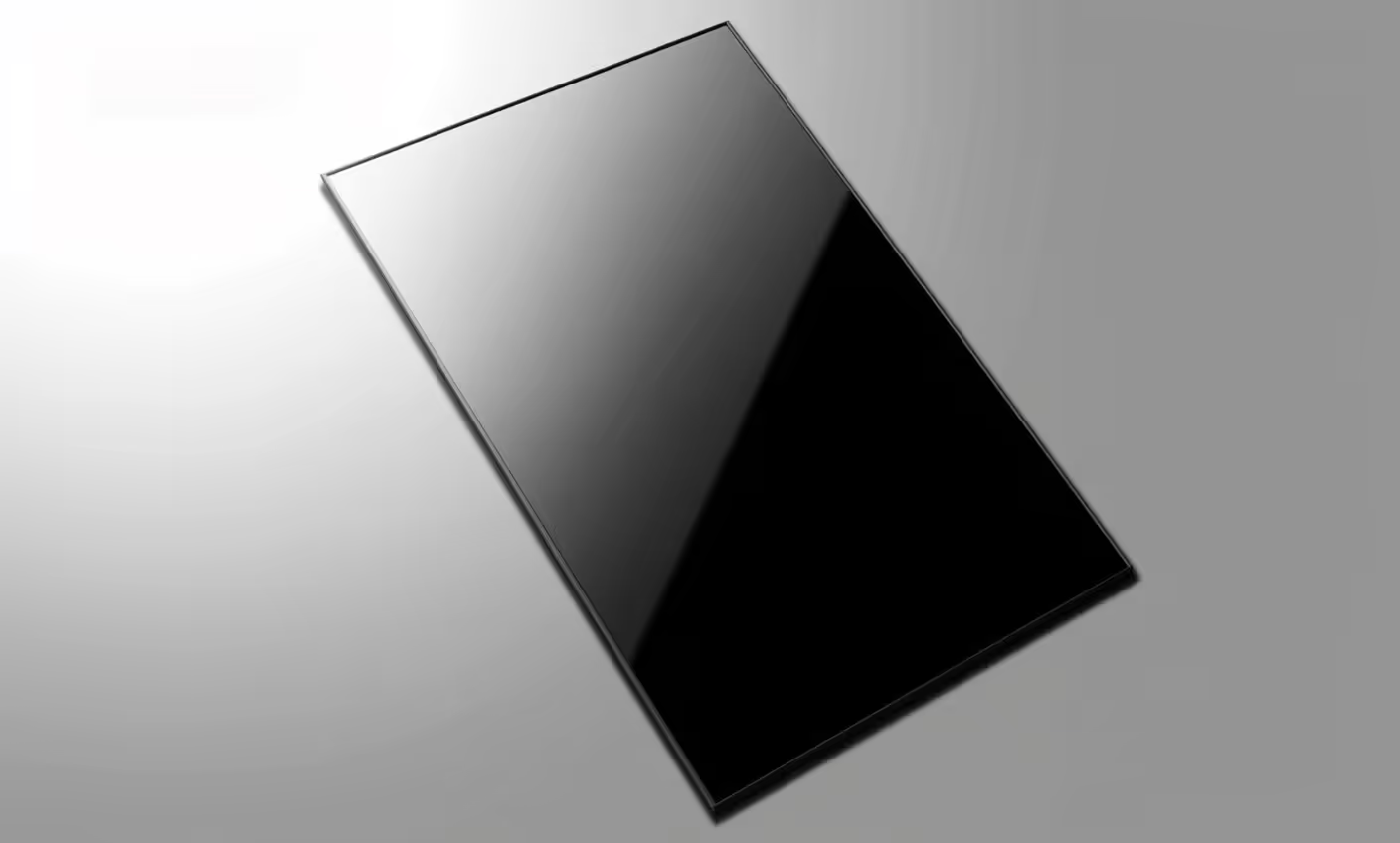What is the best 500W module on the market?
While the average residential module has a power output range of about 430 to 450 W, the latest generation of high-efficiency panels now reach between 485 and 510.
However, a “500 W panel” sounds powerful, but what really matters for homeowners is how much energy you can get from your roof space. Not all 500 W modules are created equal, and choosing the right one for a residential project requires looking beyond the headline “wattage”.
Efficiency vs. power and why watt-figures are often misleading
It’s important not to be blinded by the wattage figure alone. A 500 W panel with low efficiency is simply a bigger panel, not necessarily a better one. What really matters is efficiency, measured as the percentage of sunlight turned into electricity. Higher efficiency means more power per square meter, which is exactly what homeowners need when roof space is limited.
Size matters! Smaller, compact modules are better for homes
Many 500 W+ panels on the market today were not designed for homeowners but for large solar farms. These utility-scale modules are physically bigger, often more than 2.2 meters long. While that works well on open ground, it creates challenges on rooftops. Large modules are heavier, harder to handle, and don’t fit neatly around chimneys, skylights, or limited roof space.
For homeowners, a smaller-sized 500 W panel is far more beneficial. It makes better use of the available roof area, keeps the overall load lower, and reduces installation complexity. Smaller modules are also generally more reliable in tough climates, because very large panels are more prone to microcracks and mechanical stress under wind, snow, or hail. Choosing a compact, high-efficiency module means better performance, easier handling, and greater peace of mind over decades of operation. The compactness of a module is best measured by its power density in watts per square meter. For residential roofs, the ideal panel size is around 2 m². For example, a 500 W module with 2 m² of surface area delivers a power density of 250 W/m² - a simple way to compare how efficiently different panels use your roof space. The higher the power density, the better.

Which technology can make compact 500W+ modules?
With compact meaning small in size but yet very efficient and powerful, the most powerful residential modules today are based on back contact (BC) technology. Unlike conventional cells, BC moves all electrical contacts to the back of the panel. This eliminates shading from front-side busbars, increases efficiency, and creates a sleek, all-black look. Back contact panels also perform better in low light -mornings, evenings, and cloudy weather - giving homeowners more hours of useful solar power every day.
Who leads the market?
The three leading BC manufacturers are LONGi Solar, AIKO and Maxeon. Their solar modules regularly lead the efficiency ranking in major solar publications.
Today, LONGi’s EcoLife series is among the most advanced options for homeowners. Select models are rated up to 25% module efficiency and up to 510 W in a compact residential format of around 2 m², delivering higher energy per square meter than conventional modules. The back contact architecture is developed by LONGi and engineered for durability across diverse climates, and the series is backed by a 30-year warranty.
In addition, current datasheets show AIKO’s residential modules at up to 24.6% efficiency with roughly 460–500 W options, and Maxeon up to 24.1% at 445 W. LONGi’s EcoLife sits in this top tier, offering compact ~2 m² formats up to 510 W and up to 25% efficiency for strong power per square meter. For homeowners, it is worth comparing warranties, degradation rates, and power density in W/m² side by side before choosing a module.
Are 500 Watts solar modules the best option?
The “best” 500 W panel isn’t simply the one with the highest number on the spec sheet. It’s the one that combines compact size, high efficiency, and reliable technology. For homeowners, that means choosing panels that fit well on the roof, deliver more energy from each square meter, and stand the test of time.
More blog Articles


.jpg)

.png)
